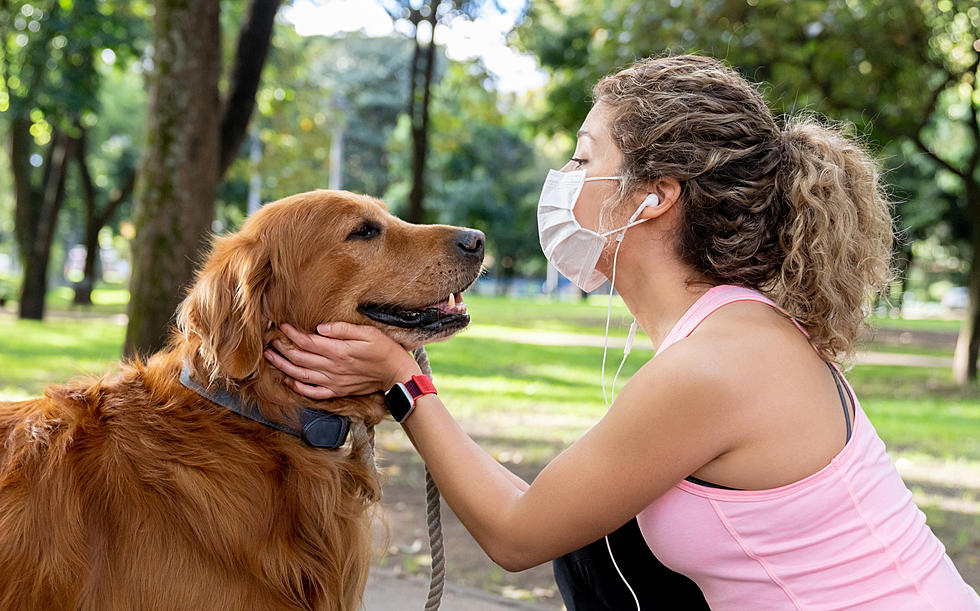

When the glucose in your blood isn’t high enough to be considered diabetes, but it’s still above normal levels, your doctor will diagnose you with prediabetes. With prediabetes, your chances of developing type 2 diabetes, stroke, and heart disease are elevated. Moderate physical activity and weight loss can delay and even prevent the onset of type 2 diabetes. If your blood glucose levels return to normal, you may even be able to avoid medication.
Symptoms of diabetes include blurry eyesight, loss of feeling and “pins and needles” in the feet, itchy skin, slow-healing sores, unexpected weight loss; exhaustion; extreme hunger; frequent urination; and elevated thirst.
Those who have only recently developed prediabetes and type 2 diabetes may have no symptoms. Therefore, blood tests are used to make early diagnoses. Health care providers use these tests to address prediabetes, prevent the onset of type 2 diabetes and treat type 2 diabetes before complications arise.
To diagnose diabetes, health care providers administer a hemoglobin A1C test (HbA1c), oral glucose tolerance test (OGTT), or fasting plasma glucose test (FPG). During a regular health checkup, another blood test, called the random plasma glucose test (RPG), can also be used for diagnosis. A diabetes diagnosis can occur when the patient exhibits symptoms of diabetes and the RPG test measures glucose at or above 200 milligrams per deciliter. Unless the signs and symptoms are clear, a second test or measurement is required to confirm the diagnosis.
While prediabetes and type 2 diabetes can be diagnosed with an HbA1c test, this test can’t be used to diagnose gestational or type 1 diabetes. While this blood test does document average blood glucose levels over a three-month period, it doesn’t capture how blood sugar fluctuates daily. The HbA1c test is a convenient way to diagnosis diabetes because it can be performed without a time restriction and doesn’t require the patient to fast. The results are presented as a percentage, and the higher the percentage, the higher a patient’s glucose levels.
A nondiabetic person’s HbA1c level typically falls below 5.7%. A prediabetic person has an HbA1c between 5.7% and 6.4% and should be retested in one year. Those with HbA1c’s below 5.7% may still be at risk of developing prediabetes or diabetes, especially if other risk factors are evident. An A1C over 6.0% indicates a person is at high-risk of diabetes. And, finally, a result of over 6.5% indicates someone has diabetes. In 2009, an international expert committee endorsed a standardized HbA1c testing process for diagnosing prediabetes and type 2 diabetes.
As mentioned above, the FPG test can also be used to diagnose prediabetes and diabetes. This is preferred test because it’s less expensive and more convenient than other tests, such as OGTT. Before the test, you must fast for eight hours. Morning test results are most reliable. Those with impaired fasting glucose (IFG), a fasting glucose level between 100 and 125 mg/dL, have prediabetes. A person with diabetes will have an FPG at or above 126 mg/dl. To confirm a diabetes diagnosis, this test should be repeated.
Prediabetes, gestational diabetes, and diabetes can be diagnosed by using OGTT. While more sensitive than FPG, this test isn’t quite as convenient for administration. The OGTT requires the patient to fast for eight hours and then test two hours after drinking 75 grams of glucose dissolved in water. Those with impaired glucose tolerance (IGT), marked by a blood glucose level between 140 and 200 milligrams per deciliter (mg/dL), are determined to have prediabetes. A diabetes diagnosis results from an OGTT at or above 200 mg/dL
Those 45 years of age or older should be regularly tested for prediabetes and diabetes. Testing is especially important for those who are both over 45 and overweight or obese. Those under 45 but overweight or obese should also consider testing, especially if they are physically inactive, have an immediate family member with diabetes, are of African American, Alaskan, Native American Indian, Asian American, Latino, or American Pacific Islander heritage, have a history of gestational diabetes, or have given birth to a baby over nine pounds. Other risk factors include high blood pressure (a reading of 140/90 mmHg or higher), “good” cholesterol HDL below 35 mg/dL, polycystic ovary syndrome (PCOS), triglyceride levels higher than 250 mg/dL.
A waist larger than 35 inches for women and 40 inches for men may indicate insulin resistance and increased likelihood of a type 2 diabetes diagnosis. But even someone with a healthy Body mass index (BMI) can be at risk if other factors are working against them.